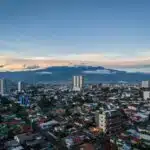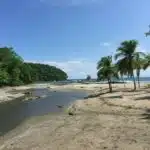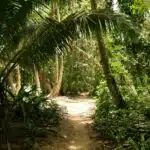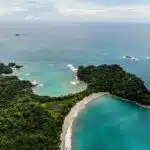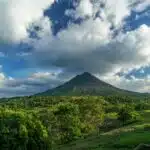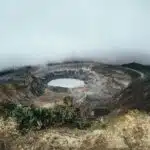Tucked away in the remote Osa Peninsula, Corcovado National Park is often regarded as the crown jewel of Costa Rica’s national parks. With its unparalleled biodiversity and rugged, untouched beauty, Corcovado is a paradise for nature lovers, adventurers, and anyone seeking an authentic wilderness experience. It covers over 160 square miles of protected land and is one of the most biologically diverse places on the planet, boasting 13 different ecosystems ranging from pristine beaches and mangrove swamps to dense lowland rainforests and cloud forests.
A Biodiversity Hotspot in Corcovado
Corcovado is home to an extraordinary range of wildlife, making it one of the best places in Costa Rica to see animals in their natural habitat. Visitors have the opportunity to encounter an array of fascinating species, many of which are endangered or rarely found elsewhere.
- Mammals: The park is one of the last remaining strongholds for the endangered Baird’s tapir, and it’s also home to jaguars, ocelots, and pumas. Corcovado hosts all four monkey species found in Costa Rica: the white-faced capuchin, howler monkey, spider monkey, and the endangered squirrel monkey.
- Birds: Bird enthusiasts will be thrilled by Corcovado’s vibrant birdlife, including scarlet macaws, toucans, harpy eagles, and more than 400 other species.
- Marine Life: Offshore, the waters are teeming with life. Dolphins, whales, and sea turtles are often spotted along the coastline, making it a fantastic place for snorkeling and diving.
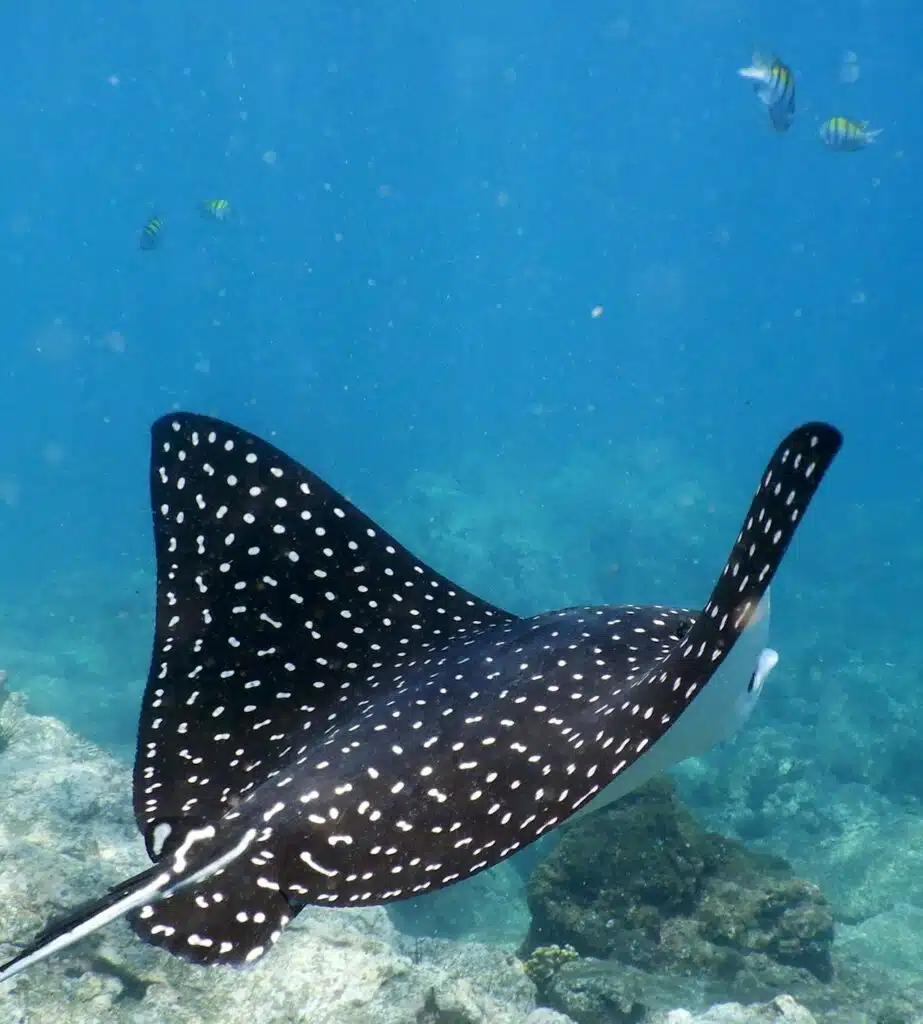
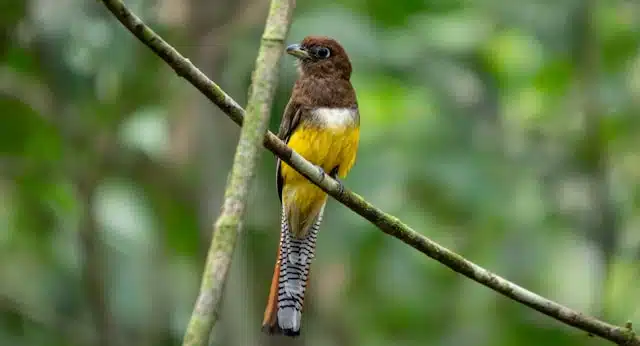
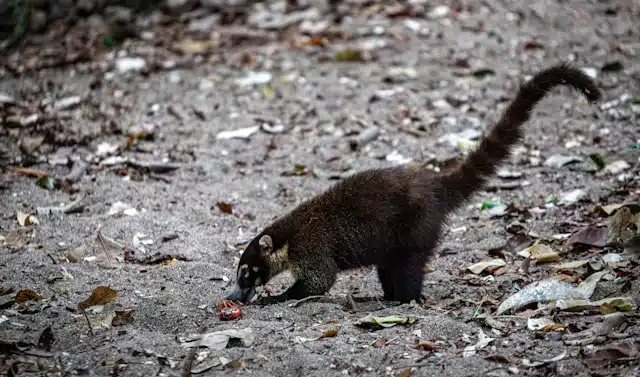
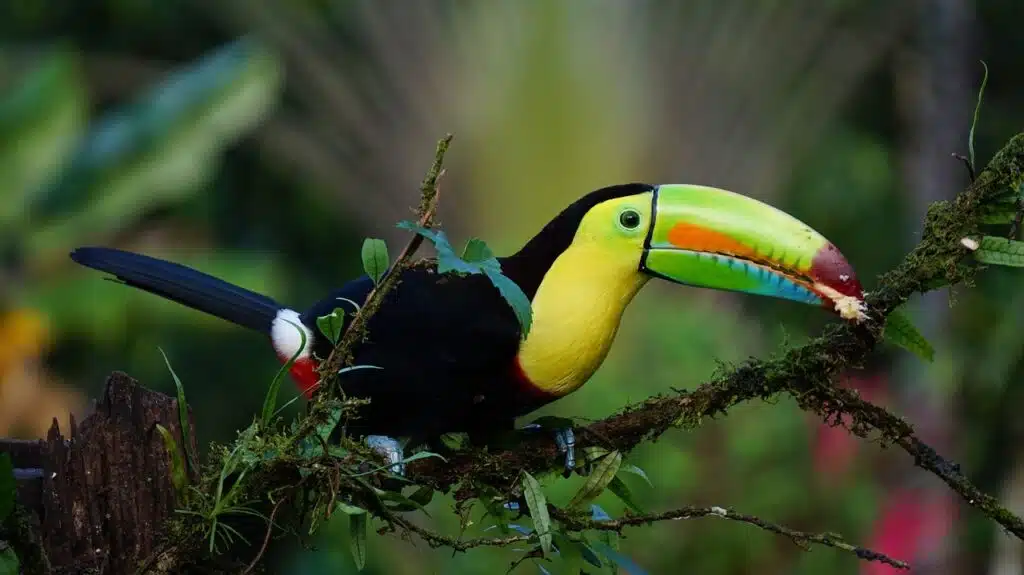
Hiking Through the Wild
Corcovado offers an incredible variety of hiking trails that provide access to its diverse ecosystems. These trails range from easy day hikes to challenging multi-day treks, allowing visitors to fully immerse themselves in the park’s untamed beauty.
- Sirena Ranger Station
For a complete Corcovado experience, the hike to Sirena Ranger Station is a must. This remote station is located deep in the heart of the park and is often considered the best place to see wildlife. The journey to Sirena involves a hike through primary rainforest, where you’ll have the chance to spot a wide range of species, from anteaters and coatis to tapirs and jaguars. Many choose to camp overnight at Sirena, allowing for deeper exploration of the surrounding trails.
- La Leona to Sirena
One of the most popular and challenging routes in the park is the hike from La Leona to Sirena Station. This hike takes you through dense rainforest, across rivers, and along pristine beaches. The terrain is rugged and the trek can be demanding, but the experience is incredibly rewarding for those seeking an adventurous journey through some of Costa Rica’s most spectacular scenery.
Pristine Beaches and Coastal Beauty
In addition to its dense jungles, Corcovado is also famous for its untouched beaches. The coastline of the park is framed by the crystal-clear waters of the Pacific Ocean, offering visitors the chance to relax on isolated stretches of sand or explore the vibrant marine life just offshore.
- Cano Island: Just a short boat ride from Corcovado, Cano Island is a prime spot for snorkeling and scuba diving. The island’s surrounding waters are home to coral reefs, sea turtles, manta rays, and even whales during migration seasons.
- Playa Madrigal: A remote and secluded beach within the park, Playa Madrigal is perfect for those looking to unwind after a day of hiking or exploring. It’s also a fantastic spot to witness a breathtaking sunset over the Pacific.
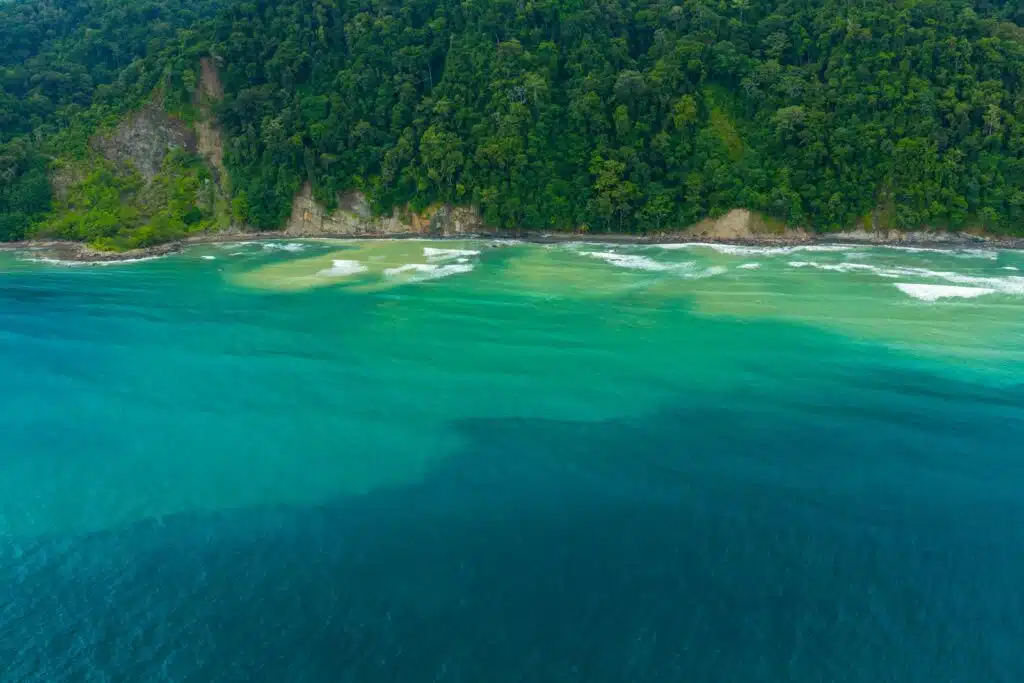
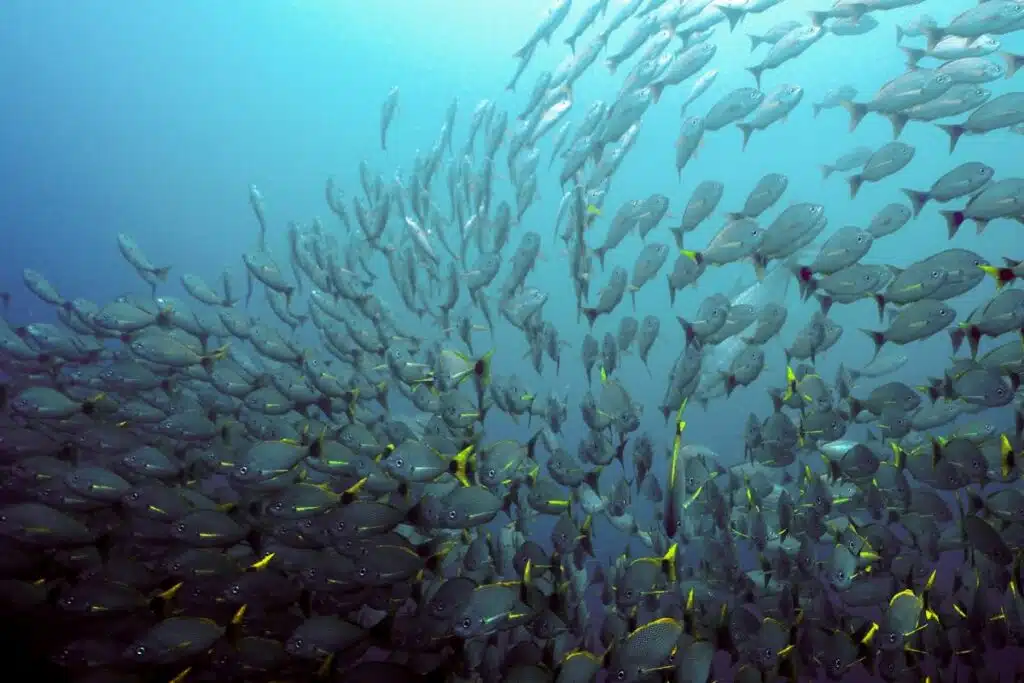
A Haven for Conservation
Corcovado’s pristine ecosystems have been safeguarded thanks to extensive conservation efforts. The park is crucial for the survival of many endangered species, including jaguars, tapirs, and several marine species. For this reason, Corcovado has strict regulations to ensure the protection of its natural environment. Visitors are encouraged to hire local guides, who not only enhance the experience with their expert knowledge of the park’s wildlife and history but also help to maintain responsible tourism practices.
Best Time to Visit Corcovado National Park
Corcovado can be visited year-round, but the best time to go is during the dry season, from December to April, when the weather is more predictable and the trails are in better condition. However, the rainy season (May to November) offers fewer crowds and a more lush, green environment. Be aware that heavy rains during this period can make some trails more difficult to navigate.
Getting to Corcovado
Reaching Corcovado requires some planning due to its remote location. Most visitors travel by boat from Drake Bay or Puerto Jiménez to one of the park’s ranger stations. Alternatively, small domestic flights are available from San José to the Osa Peninsula. Because of the park’s isolation, guided tours are highly recommended to ensure a safe and informative visit.
Why Corcovado is Unmissable
Corcovado National Park is not just a destination—it’s an adventure. Its combination of incredible wildlife, untouched landscapes, and thrilling hikes make it one of the most rewarding places to visit in Costa Rica. Whether you’re watching scarlet macaws fly overhead, trekking through the rainforest in search of elusive tapirs, or lounging on a deserted beach, Corcovado offers a true escape into nature’s wild beauty.

